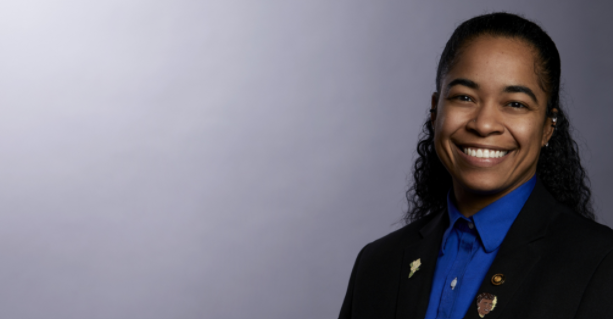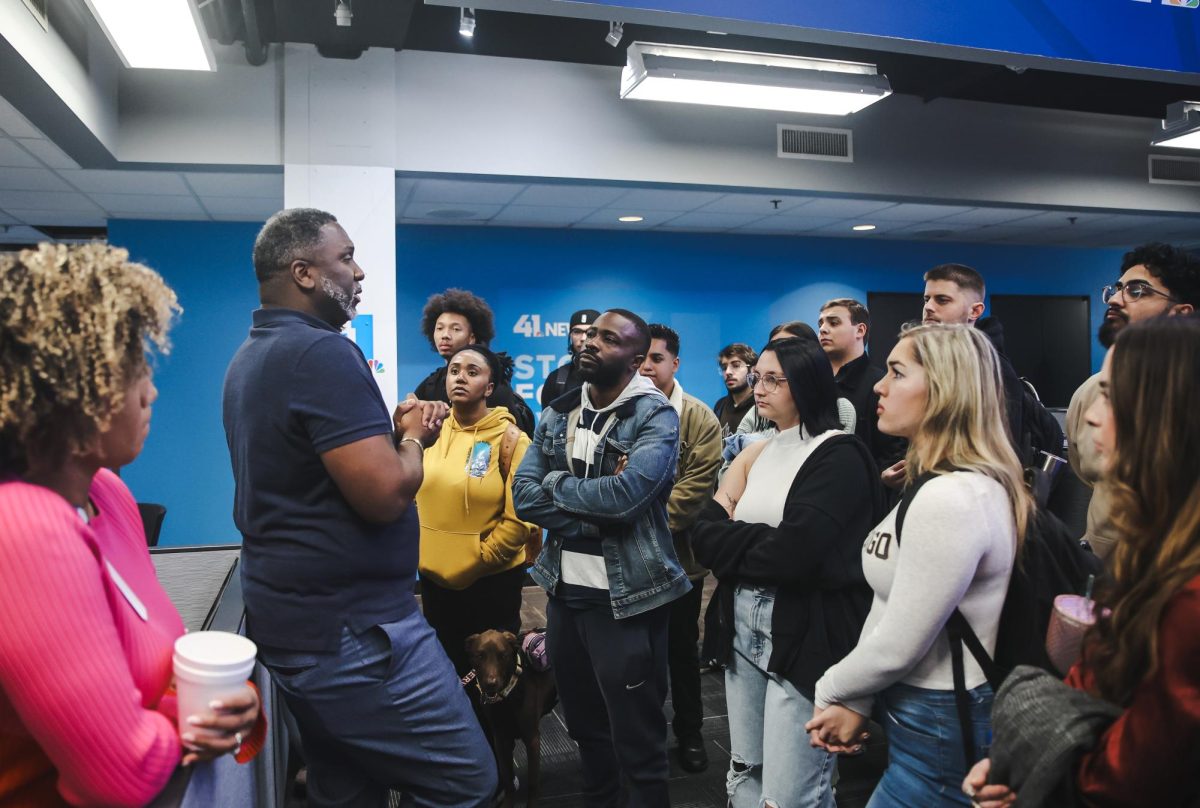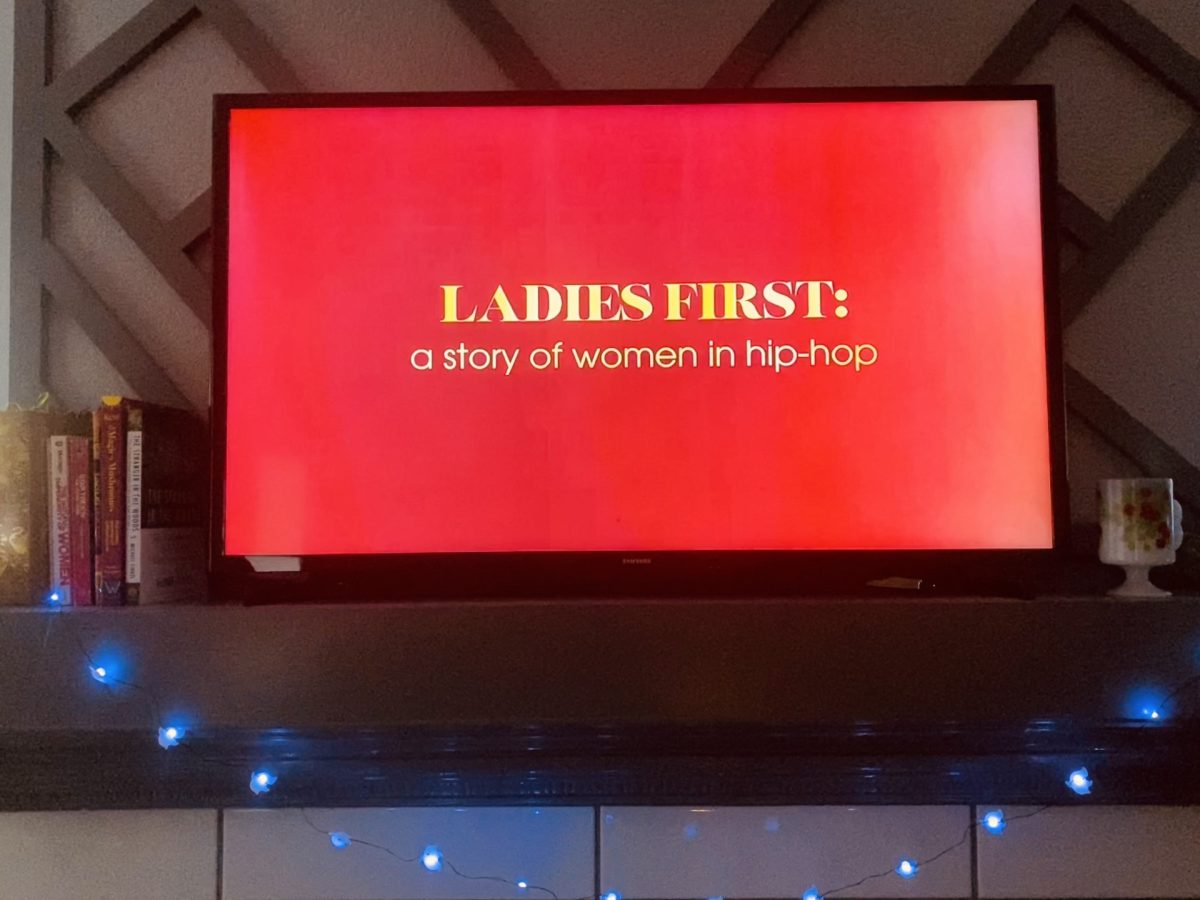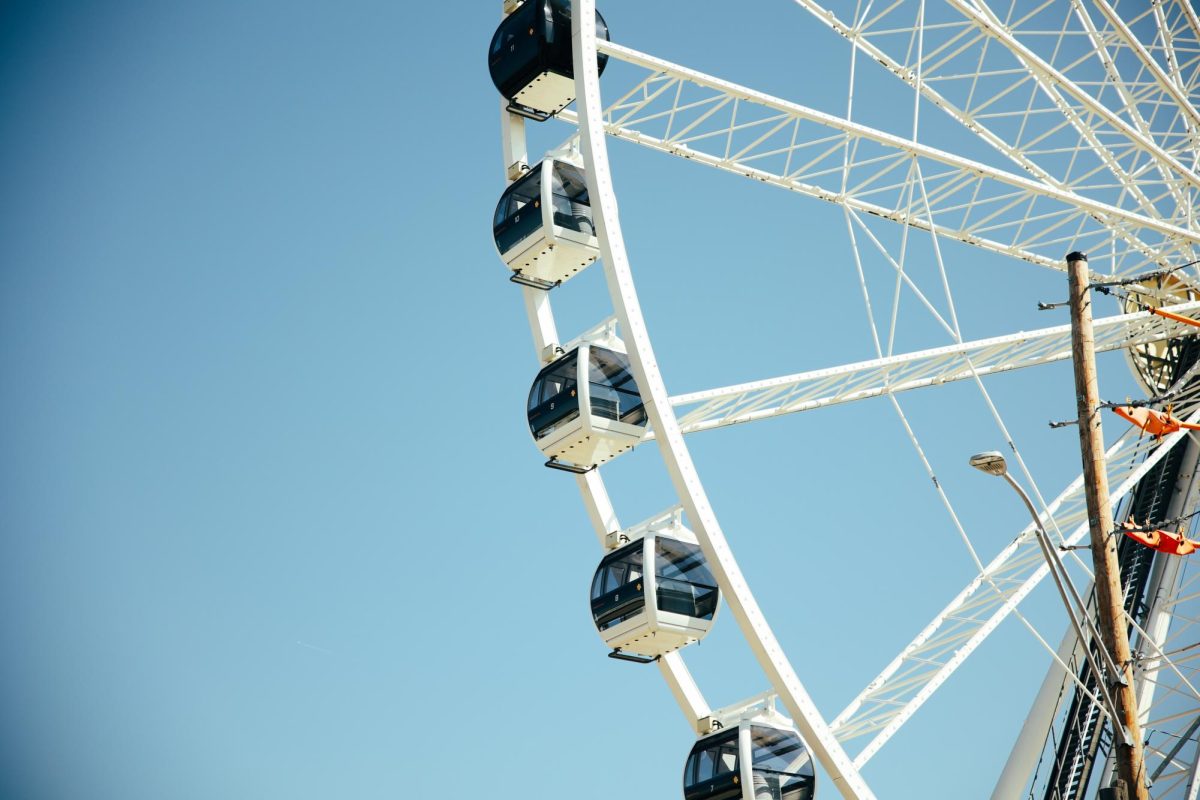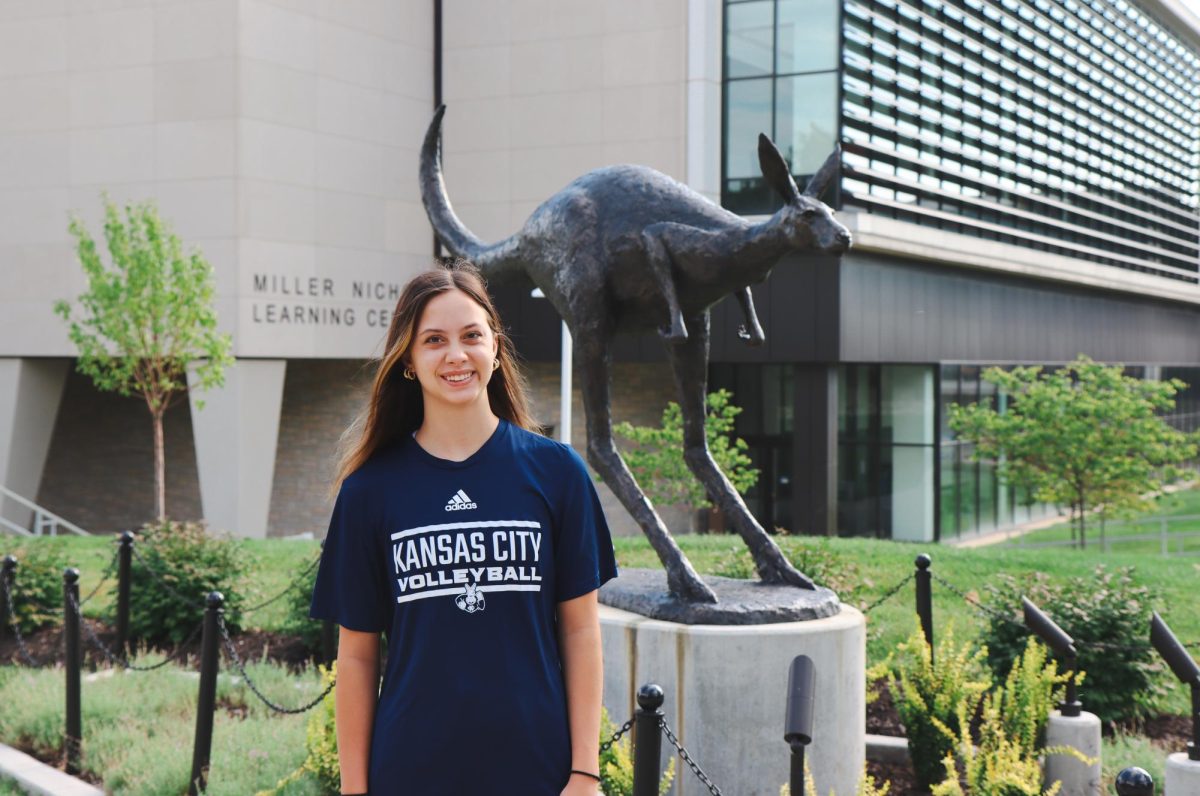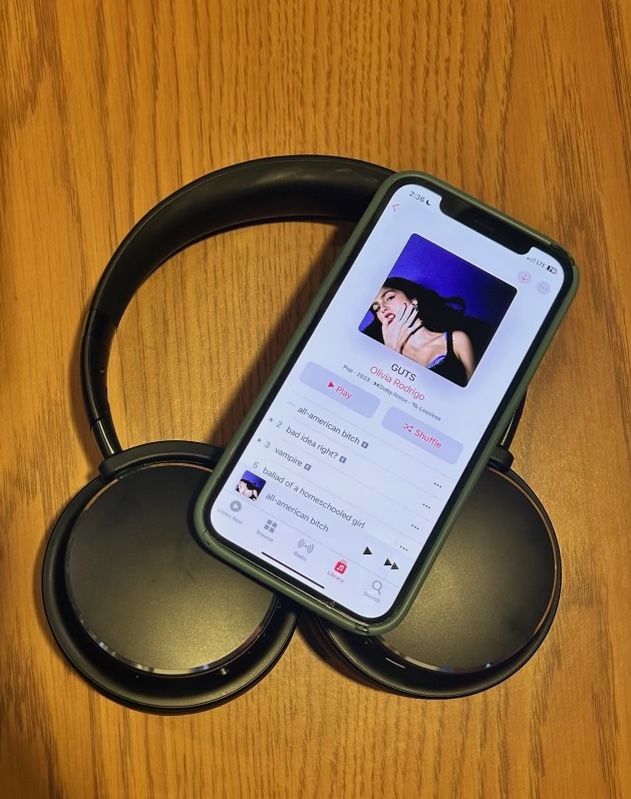Continuing with historical trends, people of color are facing a disproportionate lack of medical support during times of need. Missouri’s population is approximately 11.5% Black but as of Feb. 16, only 4% of all vaccines available are going to Black communities.
This means that Missouri fails to support Black communities more so than the US average, based on figures provided by the CDC. Nationally approximately 6.7% of Americans with 1 or more doses administered are Black, non-Hispanics.
Missouri’s long history of racism may be to blame for these disproportionate figures and some officials are doing their part to fix the balance.
“We cannot allow that to happen,” said Missouri State Representative Ashley Bland Manlove to The Pitch. “Expedited government actions like this vaccine distribution effort have an unfortunate tendency to leave Black citizens behind.”
Bland Manlove, in addition to being a representative, is also the Missouri Legislative Black Caucus chair and is determined to help Black communities with COVID-19 vaccine outreach. Bland Manlove is looking for answers as to why the Parson administration and the DHSS are falling behind.
Governor Parson released a press release on February 8 highlighting the successes of his administration’s COVID-19 vaccine efforts. In the release, his administration claimed the doses spread to Kansas City and St. Louis are “proportional to each region’s population.” Parson wants to dismiss any concerns about the inadequate vaccine efforts in urban areas, claiming any narrative along those lines is “simply not true”.
In his press release, Parson also claimed to have a targeted vaccination team that “works tirelessly to support critical populations.” Bland Manlove, however, claims that neither her nor her caucus members have seen these efforts take place, and she reports multiple complaints from her constituents.
Multiple people aged 65 and up have written to Bland Manlove claiming to be unable to get in contact with the DHSS. These people are part of the critical population that should qualify for the vaccine under normal circumstances. However, the DHSS has failed to answer mail correspondence sent by several state representatives as well as calls made by Missouri residents.
According to the Kansas City Health Department, Black and Hispanic residents are more likely to die from COVID-19. The vaccination outreach program should put more focus on urban areas that are at higher risk.
“Urban and suburban areas have been shortchanged on vaccine doses, and those areas have some of the largest concentrations of Black Missourians,” says Bland Manlove.
Though the DHSS and Parson claim that vaccines are being distributed proportionately despite the statistics proving otherwise. According to reporting by The Kansas City Star, the Kansas City Health Department has found that the zip codes that received the greatest number of vaccines ranged from 73%-95% white.
Even Kansas City Mayor Quinton Lucas believes that the state’s allocation plan has created inequalities for underrepresented groups.
“It makes me angry that we’re being so incredibly apparently unfair,” Lucas told the Kansas City Star. “It does not surprise me that in 64113, neighborhoods on the southwest corridor near some of our ritziest homes and clubs, you see this sort of discrepancy.”
With little support from the state, the local government is doing its part to combat this obvious health issue. The Wyandotte County Health agency has partnered with the University of Kansas Medical Center to prioritize areas that have been neglected by the state. Quinton Lucas announced that thanks to a partnership with the YMCA and Walmart, six zip codes east of The Paseo will now be able to receive vaccines.
It does not take a professional to see that the state has greatly failed its citizens of color in its vaccine efforts.
“It is disheartening to see such racial injustices taking place in my home state” said Tyler Redman, a senior studying political science at UMKC. “There is no place for any form of discrimination in vaccinations.”
angelrojas@mail.umkc.edu


